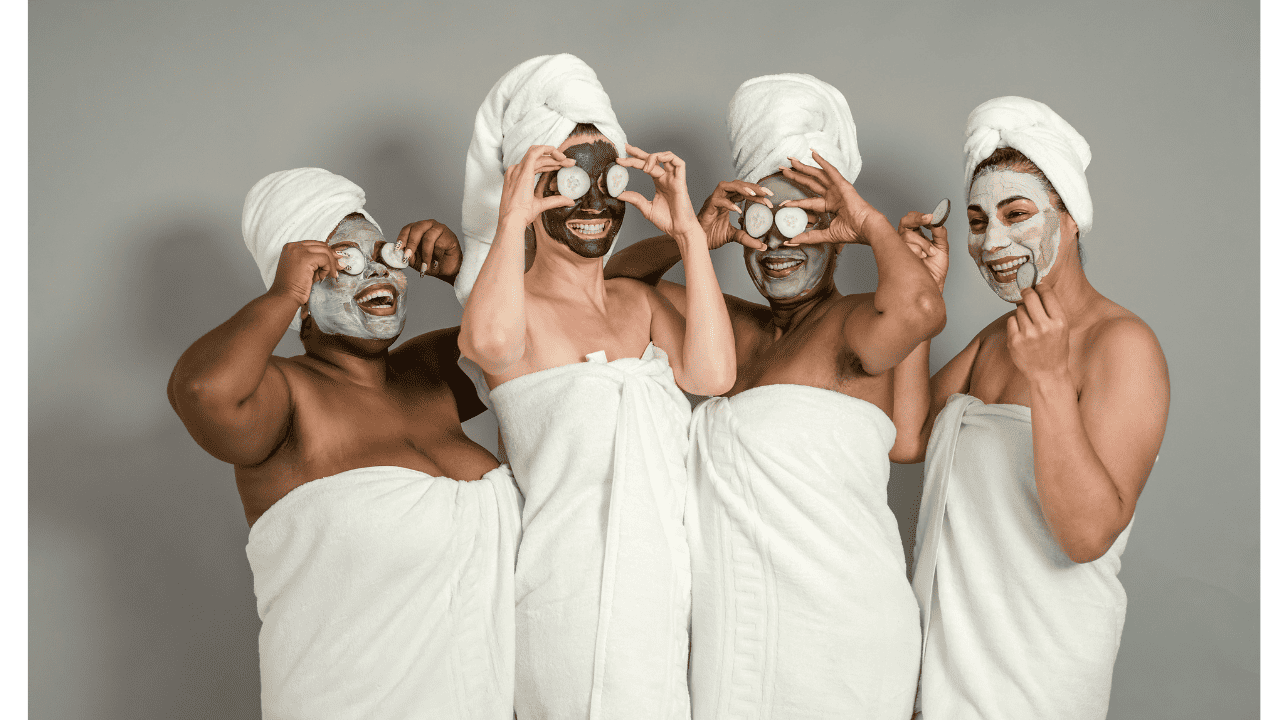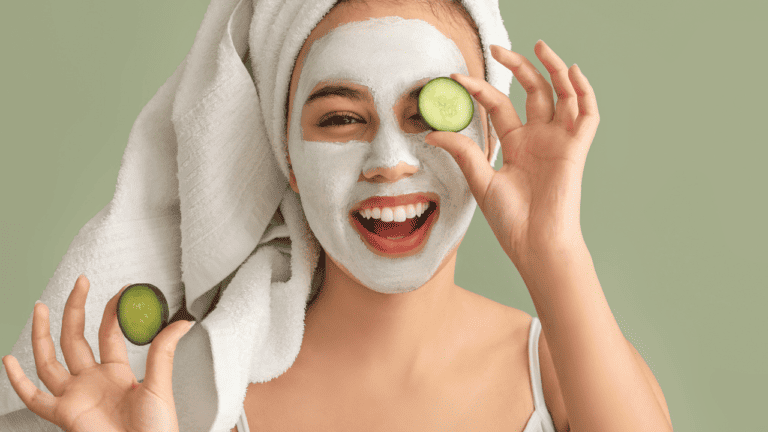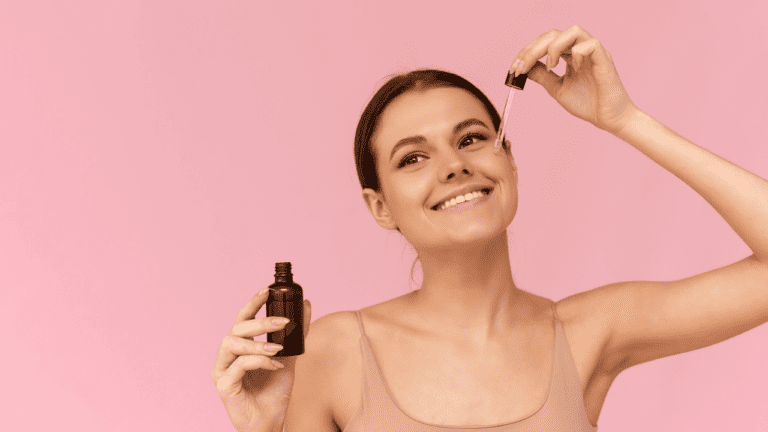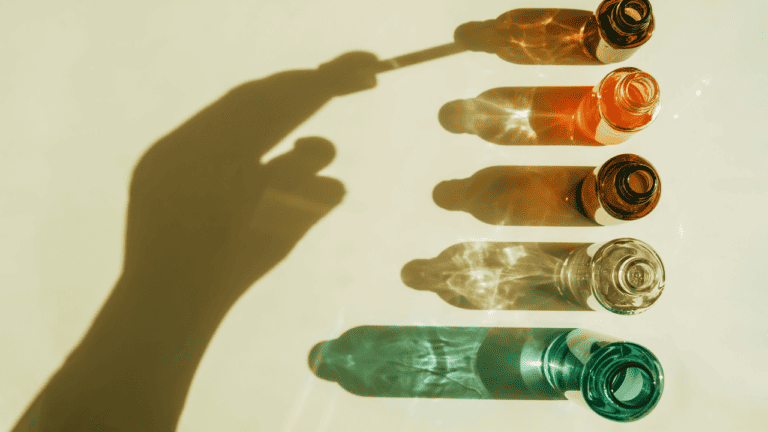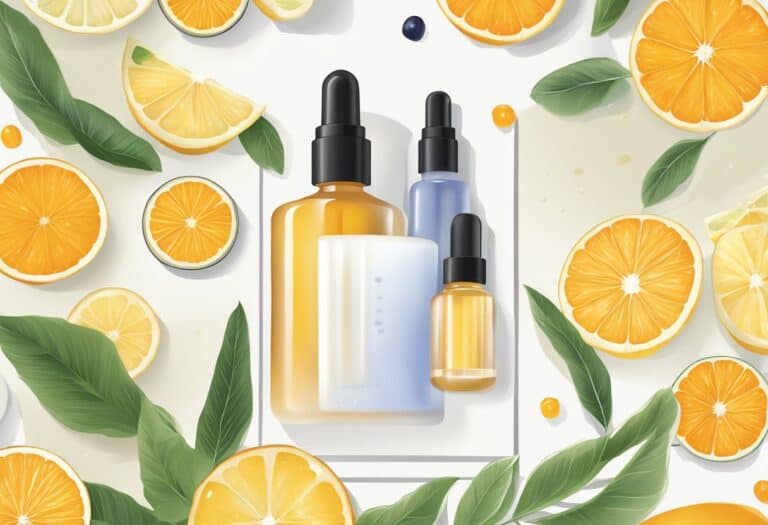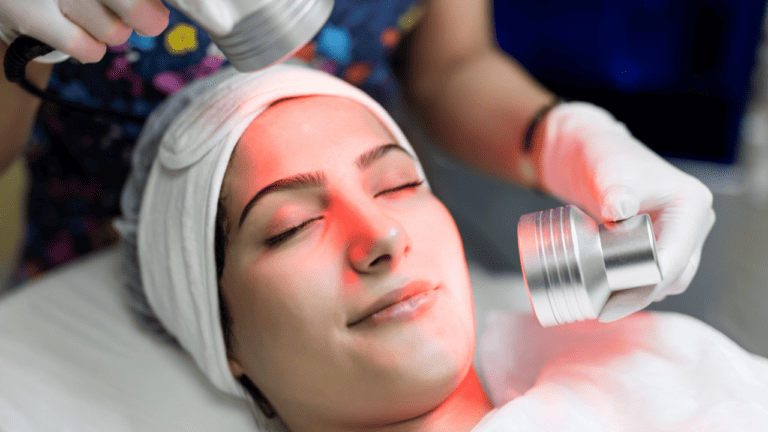A good skincare routine is essential for maintaining healthy, glowing skin. However, with so many products and steps involved, it can be challenging to know where to start. In this article, we will explore what a basic skincare routine should look like, how to determine your skin type, and what products you should be using.

Understanding your skin type is the first step in creating a skincare routine that works for you. Different skin types require different approaches, and using the wrong products can lead to irritation, breakouts, and other issues. Once you have determined your skin type, you can choose products that are tailored to your specific needs, whether you have oily, dry, combination, or sensitive skin.
Once you have a good understanding of your skin type, it’s time to start building your skincare routine. There are several essential steps that should be included in any routine, such as cleansing, moisturizing, and using sunscreen. Additionally, targeted treatments and serums can help address specific skin concerns, such as acne, fine lines, or dark spots. Finally, advanced skincare enhancements, such as chemical peels or microneedling, can help take your skincare routine to the next level.
Key Takeaways
- Understanding your skin type is crucial for creating an effective skincare routine.
- A basic skincare routine should include cleansing, moisturizing, and using sunscreen.
- Targeted treatments and advanced skincare enhancements can help address specific skin concerns.
Understanding Your Skin Type

Taking care of your skin is essential for maintaining its health and appearance. However, not all skin types are created equal, and different skin types require different skincare routines. Understanding your skin type is crucial for choosing the right products and developing an effective skincare routine.
Identifying Skin Types
There are four main skin types: dry, oily, combination, and sensitive. Identifying your skin type is the first step in creating a personalized skincare routine.
- Dry skin: If your skin feels tight, itchy, or flaky, you likely have dry skin. Dry skin is caused by a lack of oil production and can be exacerbated by environmental factors such as cold weather and low humidity.
- Oily skin: If your skin appears shiny and feels greasy, you likely have oily skin. Oily skin is caused by an overproduction of sebum, which can lead to clogged pores and acne.
- Combination skin: If your skin is oily in some areas (such as the T-zone) and dry in others, you likely have combination skin. Combination skin can be tricky to manage, as different areas of the face require different products.
- Sensitive skin: If your skin is easily irritated by products, environmental factors, or temperature changes, you likely have sensitive skin. Sensitive skin can be caused by a weakened skin barrier, which allows irritants to penetrate the skin more easily.
Customizing Skincare for Your Skin Type
Once you have identified your skin type, you can customize your skincare routine to meet your skin’s specific needs.
- Dry skin: Look for products that provide hydration and nourishment, such as moisturizers with hyaluronic acid or ceramides. Avoid products that contain alcohol or fragrances, as these can further dry out the skin.
- Oily skin: Look for products that help control oil production, such as toners with salicylic acid or benzoyl peroxide. Avoid heavy, oil-based moisturizers and opt for lightweight, oil-free products instead.
- Combination skin: Use different products on different areas of the face to address each area’s specific needs. For example, use a lightweight moisturizer on the oily T-zone and a richer moisturizer on the dry cheeks.
- Sensitive skin: Look for products that are labeled as “gentle” or “hypoallergenic.” Avoid products that contain harsh ingredients such as sulfates or fragrances. Use lukewarm water instead of hot water when washing your face, as hot water can further irritate sensitive skin.
In addition to customizing your skincare routine based on your skin type, it’s also important to take care of your skin barrier. The skin barrier is the outermost layer of the skin and acts as a protective barrier against environmental stressors. Using gentle products and avoiding harsh ingredients can help maintain a healthy skin barrier.
Essential Skincare Steps

Having a skincare routine is essential for maintaining healthy and glowing skin. A good skincare routine should include cleansing, toning, moisturizing, and applying sunscreen. These steps should be followed both in the morning and at night to ensure maximum benefits for the skin.
Cleansing
The first step in any skincare routine is cleansing. A gentle cleanser should be used to remove dirt, oil, and makeup from the skin. This helps to prevent clogged pores and breakouts. It is important to choose a cleanser that is suitable for the skin type. For example, those with oily skin should use a foaming cleanser, while those with dry skin should use a cream cleanser.
Toning
The next step in a skincare routine is toning. A toner helps to remove any remaining dirt and oil from the skin and prepares it for moisturizer. Toners also help to balance the skin’s pH level and provide hydration. It is important to choose a toner that is alcohol-free and suitable for the skin type.
Moisturizing
Moisturizing is an important step in any skincare routine. It helps to hydrate the skin and prevent dryness. A good moisturizer should be used both in the morning and at night. It is important to choose a moisturizer that is suitable for the skin type. For example, those with oily skin should use a lightweight moisturizer, while those with dry skin should use a heavier cream.
Applying Sunscreen
Applying sunscreen is an essential step in any skincare routine. Sunscreen helps to protect the skin from harmful UV rays that can cause skin cancer and premature aging. It is important to choose a sunscreen that has an SPF of at least 30 and contains zinc oxide or titanium dioxide. Sunscreen should be applied every morning, even on cloudy days.
In conclusion, following a skincare routine that includes cleansing, toning, moisturizing, and applying sunscreen is essential for maintaining healthy and glowing skin. By choosing products that are suitable for the skin type and applying them both in the morning and at night, one can achieve maximum benefits for their skin.
Targeted Treatments and Serums

A good skincare routine is incomplete without targeted treatments and serums. These products are formulated to address specific skin concerns and provide intensive care. Incorporating serums into your daily routine can lead to a significant improvement in the overall appearance of your skin.
Incorporating Serums
Serums are lightweight, fast-absorbing liquids designed to deliver a high concentration of active ingredients to the skin. They are formulated to target specific skin concerns, such as fine lines, wrinkles, and dark spots. Serums are usually applied after cleansing and toning and before moisturizing.
Vitamin C and hyaluronic acid are two popular ingredients found in serums. Vitamin C is an antioxidant that helps protect the skin from free radical damage and promotes collagen production. Hyaluronic acid is a humectant that helps the skin retain moisture, making it plump and hydrated.
Using Retinoids
Retinoids are a type of vitamin A derivative that is used to treat a variety of skin concerns, including fine lines, wrinkles, and acne. They work by increasing cell turnover and stimulating collagen production. Retinoids can be found in prescription-strength products or over-the-counter formulations.
When using retinoids, it is essential to start with a low concentration and gradually increase it over time to avoid irritation. It is also important to use sunscreen during the day as retinoids can make the skin more sensitive to the sun.
Exfoliation Techniques
Exfoliation is the process of removing dead skin cells from the surface of the skin. It helps to unclog pores, improve skin texture, and promote cell turnover. There are two types of exfoliation: physical and chemical.
Physical exfoliation involves using a scrub or brush to manually remove dead skin cells. Chemical exfoliation involves using products containing alpha-hydroxy acids (AHAs) or beta-hydroxy acids (BHAs) to dissolve dead skin cells.
AHAs, such as glycolic acid and lactic acid, are water-soluble and work on the surface of the skin. BHAs, such as salicylic acid, are oil-soluble and work inside the pores. Retinoids can also act as a chemical exfoliant by increasing cell turnover.
In conclusion, incorporating targeted treatments and serums into your skincare routine can help address specific skin concerns and provide intensive care. Retinoids and exfoliants are effective in promoting cell turnover and collagen production, while antioxidants help protect the skin from free radical damage. It is important to start with a low concentration and gradually increase it over time to avoid irritation.
Advanced Skincare Enhancements
Advanced skincare enhancements are products that go beyond the basics of a regular skincare routine. These products can help improve the overall appearance and health of the skin. Here are some of the most popular advanced skincare enhancements:
Facial Masks and Peels
Facial masks and peels are great for improving the texture and appearance of the skin. They can help to remove dead skin cells and unclog pores, leaving the skin feeling soft and smooth. Some popular ingredients in facial masks and peels include peptides, ceramides, niacinamide, glycerin, vitamin E, rosehip, and aloe vera. Clay masks are particularly effective for removing blackheads and other impurities.
Eye Creams and Specialty Products
Eye creams and specialty products are designed to target specific areas of the face, such as the delicate skin around the eyes. Eye creams can help to reduce the appearance of fine lines and wrinkles, while specialty products can help to brighten and firm the skin. Some popular ingredients in eye creams and specialty products include peptides, ceramides, niacinamide, glycerin, vitamin E, and rosehip.
Incorporating advanced skincare enhancements into your skincare routine can help to improve the overall health and appearance of your skin. However, it is important to remember that these products should be used in moderation and in conjunction with a regular skincare routine. It is also important to choose products that are appropriate for your skin type and to follow the instructions carefully to avoid any adverse reactions.
Frequently Asked Questions
What are the essential steps for a basic skin care routine?
A basic skincare routine should consist of three essential steps: cleansing, toning, and moisturizing. Cleansing helps remove dirt, oil, and makeup from the skin, toning helps to balance the skin’s pH and moisturizing helps to keep the skin hydrated. It is recommended to cleanse and moisturize the skin twice a day, in the morning and before going to bed at night.
How can I tailor a skincare routine to suit oily skin?
For oily skin, it is important to choose products that are oil-free and non-comedogenic. A basic skincare routine for oily skin should include cleansing, toning, and moisturizing. In addition, it is recommended to use a clay mask once a week to help absorb excess oil. It is also important to avoid over-washing the face as it can strip the skin of its natural oils and lead to more oil production.
What is the ideal order of products in a morning vs. night skincare routine?
The ideal order of products in a morning skincare routine is to start with cleansing, followed by toning and moisturizing. It is also recommended to use a sunscreen with an SPF of at least 30 to protect the skin from harmful UV rays. In the night skincare routine, it is recommended to start with cleansing, followed by toning and applying any serums or treatments, and then moisturizing. It is also recommended to use a night cream that is specifically formulated to nourish the skin while you sleep.
